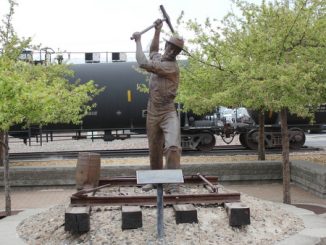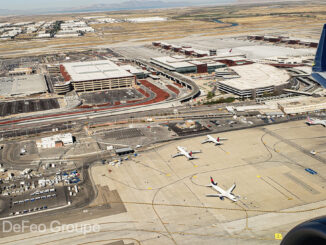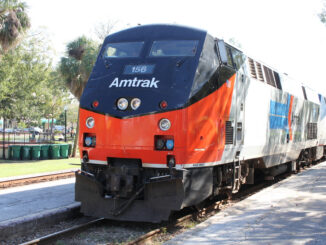Amtrak is hoping a continued growth in the number of riders translates into increased funding for the national railroad.
For the 2014 fiscal year, which starts Oct. 1, Amtrak is asking for $373 million in federal taxpayer dollars to support operations. While that is 17 percent less than it requested for the 2013 fiscal year, the railroad is also seeking $2.065 billion in federal tax dollars to help upgrade its infrastructure, including the Northeast Corridor, and $212 million for debt service.
More than 31.2 million passengers took Amtrak during the 2012 fiscal year, setting a new ridership record for the railroad. Still, Amtrak remains a lightning rod for critics who point to it as an example of a bloated federal government.
“The continued ridership growth on routes across the country reinforces the need for dedicated, multi-year federal operating and capital funding to support existing intercity passenger rail services and the development of new ones,” Amtrak President and CEO Joe Boardman said in a statement.
Amtrak operates more than 300 daily trains across a network of 22,000 rail miles. The railroad classifies its routes into three buckets: long distance trains, state-supported service and those operating on the Northeast Corridor.
Amtrak carried nearly 15.1 million passengers between October 2012 and March 2013, a 0.9 percent increase in riders compared to a year earlier. That includes a 2.7 percent increase in the number of riders on state supported/short corridors and a 0.2 percent decline in the number of passengers on Northeast Corridor trains during the same time frame, blamed on Superstorm Sandy.
The railroad contends it is providing a public service by giving residents a choice of transportation where other options might not exist, but the railroad says it needs more money for infrastructure improvements.
Amtrak wants to upgrade its operations along the Northeast Corridor and bring about a true high-speed rail. But, the railroad made it clear public money will be needed to fund upgrades to the 457-mile-long corridor, which could cost taxpayers upwards of $151 billion and take as long as 30 years to complete.
“If we truly want to realize our vision of what rail can offer America, in terms of real mobility improvements and rational modal choices, policy decisions must be made and funding provided to match them,” Boardman said. “These are big decisions, and will require bold thinking, but they will deliver value for the money.”





